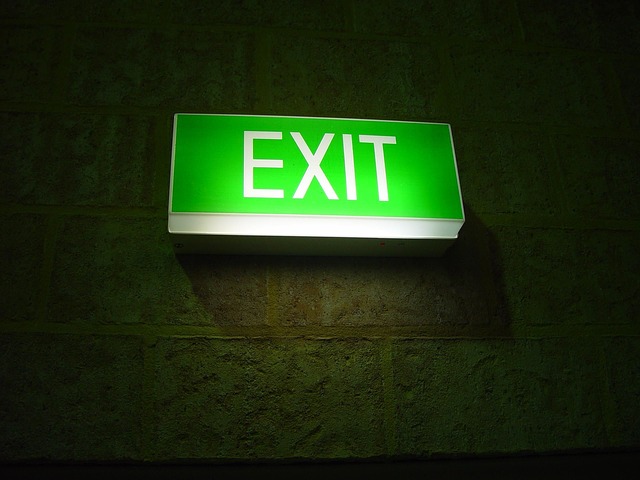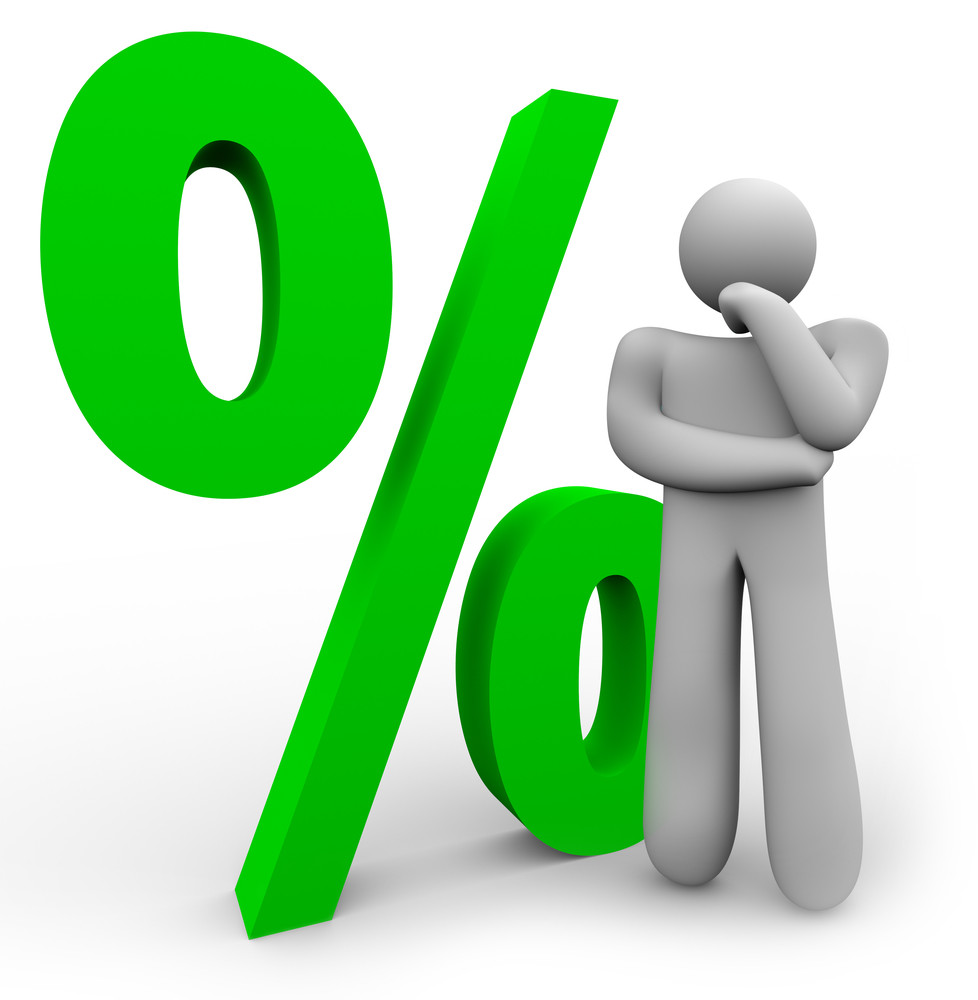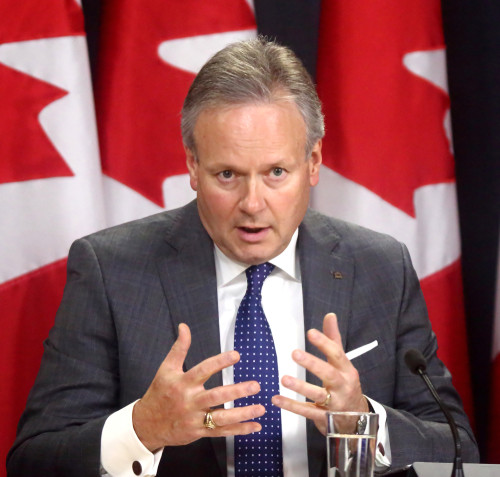This weekend, HSBC seemingly sweetened its 10-year fixed offer even more. It dropped the rate on its website for insured mortgages from the 2.99% announced in its press release Friday to 2.94%. It turns out that was a IT issue. “When they launched the rates, the rate were incorrect on the website,” a spokesperson said. “We have since corrected the rates to 2.99%.”
Either way, the bank’s new 10-year offer is just 1/4 point above its lender-leading 5-year fixed special and near the prime – 1.00% variable-rates sold by most competitive lenders. (Latest 10-year fixed rates)
A 2.99% rate for a 10-year fixed is simply remarkable. This coming week, HSBC will see a surge of inquiries, especially from first-time buyers. If you’re one of them, don’t jump in until you read on.
The Early-exit Option
 No one would ever lock in for 10 years if they knew rates would drop or stay flat. Of course, no one knows where rates will meander in the next six months, let alone five or 10 years from now.
No one would ever lock in for 10 years if they knew rates would drop or stay flat. Of course, no one knows where rates will meander in the next six months, let alone five or 10 years from now.
Bank of Canada boss Stephen Poloz is doing his best to set expectations for higher rates. He told BNN Bloomberg, “The natural tendency is for interest rates to still go up a bit.”
He qualified that by saying, “I don’t really know how much ‘a bit’ is, and what the timing might be…it depends on our [positive economic] forecast coming true.”
But he admits, “We’ve got a slowdown…a detour in the economy…Tail risk [of a recession]…appears to have risen over the past year…”
Despite Poloz’s bullish long-term rate view, the potential for lower rates is key for people considering a decade-long term. Fortunately, 10-year mortgages have an escape pod built in. That is, Section 10 of Canada’s Interest Act gives borrowers an option to exit a 10-year fixed mortgage after 60 months by paying just three-months’ interest.
What It Means in Practice
 Here’s an example of how valuable this option is.
Here’s an example of how valuable this option is.
Consider “Ruby the Rate-shopper,” who’s getting a $300,000 10-year fixed mortgage at 2.99%, amortized over 25 years.
Suppose after five years, the best 5-year fixed rates have dropped 50 bps from today, to 2.18%.
Ruby could then pay the lender’s ~$1,900 three-month interest penalty in month 61, break her 10-year fixed and switch into that tantalizing 2.18% 5-year fixed rate.
Doing this would save her $9,500 in nominal interest in years 6 to 10, compared to staying in her 10-year mortgage until maturity. (The savings is ~$7,300 after you factor in ~$300 in switching costs and the $1,900 penalty.)
But There’s More to Consider
Options have a price. The cost of the early-exit option in Ruby’s case is ~$4,270. That’s how much extra interest a 10-year fixed would cost her in the first five years, compared to if she had chosen the lowest 5-year fixed rate instead.
You could run some really complex math on the expected borrowing cost of a 10-year fixed versus a 5-year fixed, but here’s one oversimplified scenario for general interest. Suppose there were just two potential outcomes for rates over the next five years:
(A) 5-year fixed rates are 100 bps higher in month 61, or
(B) 5-year fixed rates stay flat or drop.
If each had a 50% probability of occurring, you should be mathematically indifferent between a 2.99% 10-year fixed and a 2.68% 5-year fixed, based on borrowing cost alone—assuming you make it past month 60.
But, the breakage penalty of the 10-year fixed would be onerous if you broke before the sixth year. That risk, and the small market-implied odds of meaningfully higher rates in five years, are largely why 5-year mortgages still have the edge over 10-year terms, for most people.
10-year Penalties Aren’t Fun
 If you have to break a tenner in the first half of the term, there’s a good chance you’d pay an extreme interest rate differential (IRD) penalty.
If you have to break a tenner in the first half of the term, there’s a good chance you’d pay an extreme interest rate differential (IRD) penalty.
If your lender bases its IRD penalties on the discount it gave you off its artificially inflated posted rates (which all the big banks do, including RBC, TD, Scotia, BMO, CIBC and HSBC), the IRD can be a heart-breaker.
Let’s again use our example of Ruby and her $300,000 10-year fixed at 2.99%, amortized over 25 years. If she took HSBC’s 10-year fixed at 2.99%, her discount from today’s posted 10-year rate would be 335 basis points.
If she broke her mortgage three years later, and rates stayed flat, she’d owe the bank over $11,500 (the IRD charge to escape the mortgage). If she sold her home and there wasn’t enough equity to cover that penalty, she’d be out of pocket a painful sum.
That’s why, if there’s any meaningful chance you’d outright break the mortgage in the first five years (e.g., sell the home and rent for a while), a 10-year fixed at a major bank is the last option you want to consider.
Poloz on the Interest Act
 The three-months’ interest option above is a key reason why more lenders don’t offer fantastic 10-year fixed rates. The early-exit option makes it more costly for them to match their source of funds against a mortgage with an uncertain duration.
The three-months’ interest option above is a key reason why more lenders don’t offer fantastic 10-year fixed rates. The early-exit option makes it more costly for them to match their source of funds against a mortgage with an uncertain duration.
If rates dive in five years, the law lets the consumer out cheaply. If rates soar, fewer people break their mortgages, forcing the lender to keep funding those mortgages for most/all of the remaining five years.
Poloz suggests this has to change. Referring to the Interest Act, he told BNN Bloomberg: “It kind of needs some modernization of some kind,” calling it a “constraint” on long-term mortgage adoption.
Expect an ever-louder chorus to call for review of Section 10 of the Interest Act, that crusty 1800s law intended to protect farmers from being trapped in high-interest long-term mortgages. Giving borrowers the option of waiving their early-exit option would create more long-term mortgage choices for consumers. That would result in greater adoption of 10+ year terms and a “more stable system,” which would be “positive,” Poloz says.
Unfortunately, most people renegotiate or discharge their mortgages every three to four years. So, depending on how the law is revised, it could trap unsuspecting borrowers in lengthy mortgages with heinous penalties. That would give “caveat emptor” a whole new importance.
It’s All About the Rate, ‘Bout the Rate, ‘Bout the Rate.
 A few years back, Canadian lawyer Michael Feldman wrote, “U.S. borrowers pay at least an extra 0.25 per cent to 0.50 per cent in interest rates in exchange for the option of prepayment without penalty.” (Patrick Lawler, the chief economist of the U.S. Federal Housing Finance Agency, was cited as the source of those numbers.)
A few years back, Canadian lawyer Michael Feldman wrote, “U.S. borrowers pay at least an extra 0.25 per cent to 0.50 per cent in interest rates in exchange for the option of prepayment without penalty.” (Patrick Lawler, the chief economist of the U.S. Federal Housing Finance Agency, was cited as the source of those numbers.)
In Canada, the average discounted 10-year fixed rate is 58 bps higher than the average 5-year fixed, according to RateSpy data. The entire industry knows that, until the 10-year/5-year spread narrows considerably, decade mortgages will never take off.
Well—thanks to HSBC—it now has, and 10-year mortgages are major headline news for the first time this millennium.
Poloz says “people don’t really know much” about 10-year mortgages. Well, they’re about to.

 log in
log in
7 Comments
2.94% 10 year fixed or 2.69% variable. Which would you guys pick?
That’s like comparing East to West.
What’r their 10yr fixed and variable rate for low ratio mortgages?
If purchasing or switching lenders…
3.19 for 10-year fixed
2.84% for variable
Curious to know why the 1 or 3 year fixed is not cheaper than 2.8%. When the 5 and 10 year is now less than 3%.
Hi San,
One big reason is that the yield curve is flat to slightly inverted. In other words, the market expects long-term rates to be lower than normal, relative to short-term rates.
With respect to 1-year terms in particular, they are relatively low profit and there’s much less competition now (largely due to restrictive government policies). So 1-years won’t typically see deep discounts, especially at this stage of the rate cycle.
Shop around though. You’ll find 3yr terms as low as 2.69% to 2.74% depending on your equity and mortgage type.
RATE UPDATE – May 21
It’s been a bit of a roller coaster with HSBC’s 10-year fixed rates. The rate is now back up to 2.99% for insured mortgages.